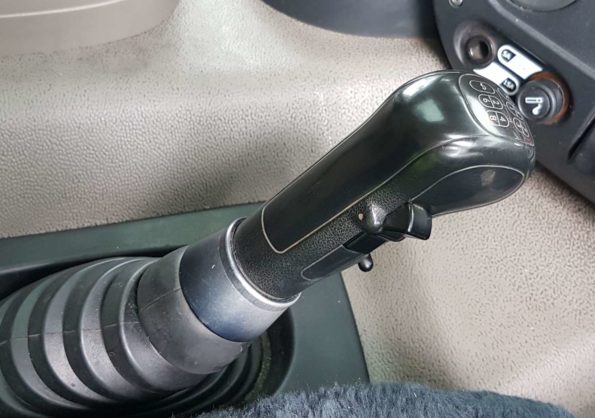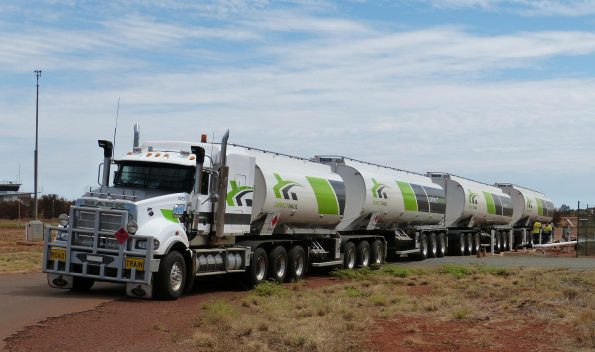Trucks range from small, light ones that you can drive with a car licence up to the largest road trains. In smaller trucks, the gearboxes are similar to what you would find in a car (albeit slightly more heavy-duty): they’ll have five or six forward gears and one reverse gear. Go up a level and you’re looking at 6-12 gears and once you move up to heavy rigid or combination vehicles, the usual number of forward gears is 12-18 with at least two reverse gears. As an example, Volvo’s I-shift gearbox 12 forward gears and four reverse gears.

To understand why, we need to look at what a truck actually does: pull heavy loads.
Road trains can be more than 120,000kg and getting this moving takes a lot of energy. This energy has to be provided by the truck’s engine. The engine provides turning force (torque) to the wheels, but it can only operate efficiently in a very narrow band of perhaps 500-800 revs per minute.

The lower the gear, the more torque, but the less the change in rotational speed of the wheels between low and high revs. For example, in a Mack truck with Mdrive, the first gear ratio is 14.94:1 whereas in 12th gear, it’s 1:1. This means that the speed gain in first gear is minimal – just a few kilometres per hour – but the torque is massive, as opposed to 12th gear where the load is already moving therefore doesn’t need as much torque to maintain the momentum. This gear is ‘taller’ and more speed is gained across the rev range. The same applies in your car, but on a smaller scale: you might find that sixth gear is fine from 80km/h up to the maximum speed (e.g. 220km/h), but first gear will only get you from 0-35km/h. In a truck, these numbers are compressed much more.
Drivers won’t use all the gears all of the time; they’ll ‘block shift’ or skip gears to reduce wear and tear on the gearbox. A truck driver with 12 gears is never going to need first gear unless they are heavily loaded and starting uphill, or they need very fine control for manoeuvring. They then are unlikely to use all remaining 11 gears and certainly not while changing down while slowing to a stop. In a six-speed truck, it’s more normal to start in second gear; in a 12-speed truck, you would start in third or fourth if you are empty and perhaps second or third if you are pulling a load.
Starting in a higher gear is much smoother and it reduces the chance that the wheels will spin as there is less rotational force (torque) able to be exerted on the tyres.
Unless it’s an automatic gearbox, the driver has to control the gears by listening to the revs and feeling whether the truck is labouring (i.e. will lose speed and eventually stall), or whether the rev range is too high and there’s a risk of engine damage.
